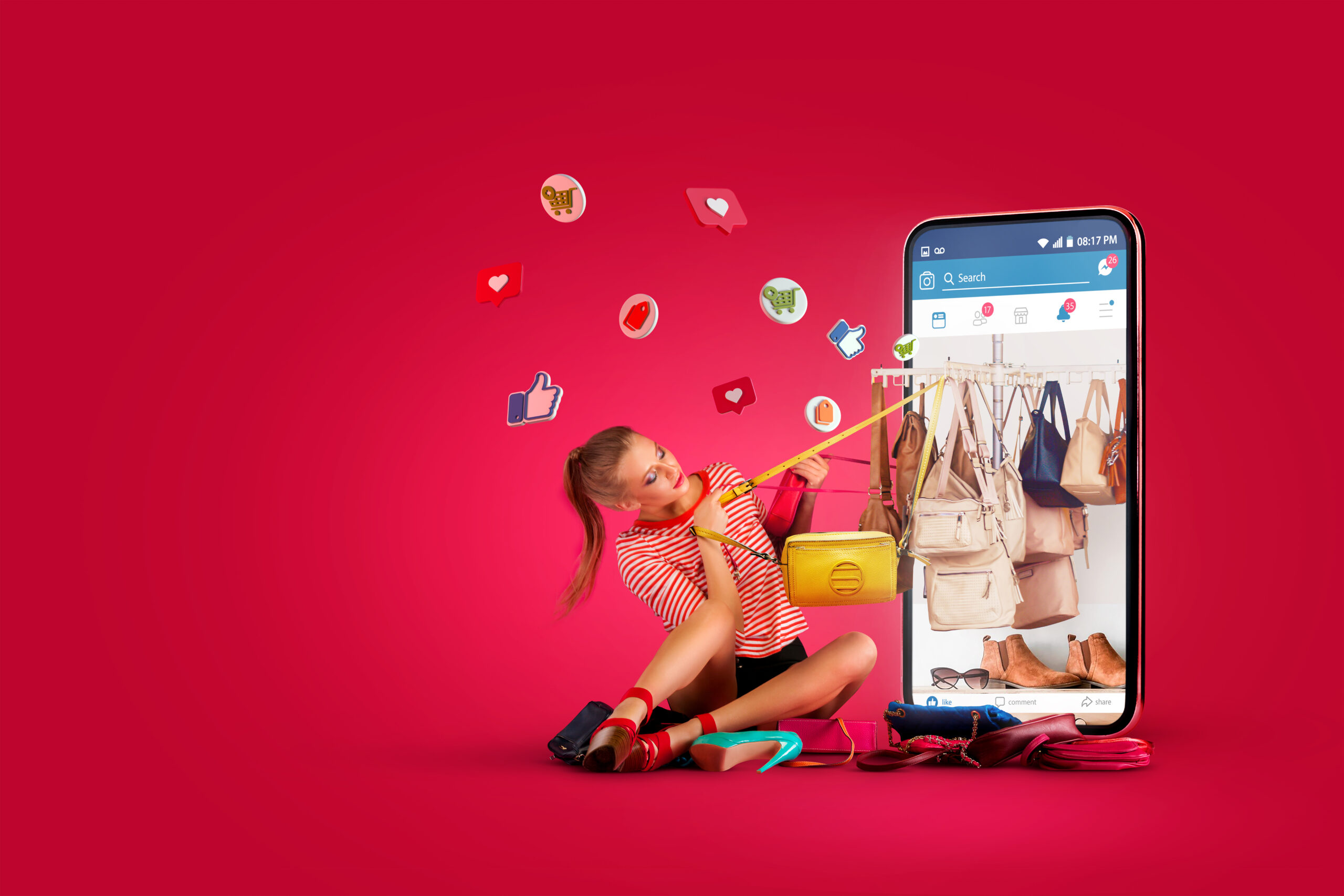In 2025, social media isn’t just a place for memes and selfies—it’s a marketplace, a search engine, a referral network, and a decision-making tool. From Instagram Reels to YouTube reviews, the way consumers interact with brands and make purchase decisions has evolved dramatically. The influence of social media on consumer behaviour is no longer optional for brands to consider—it’s central to any serious marketing strategy.
Let’s break down how platforms like Instagram, TikTok, YouTube, and LinkedIn are influencing consumer psychology, discovery, trust, and ultimately—purchases.
1. Social Media as the New Search Engine
Over 40% of Gen Z now uses platforms like TikTok and Instagram instead of Google for search, according to Google’s own internal data from 2023. People are increasingly turning to visually rich and socially endorsed content to discover products, services, and even local businesses.
Instead of typing “best skincare for dry skin” into a search engine, consumers are watching creators do product demos and reviews in real-time. This shift is shortening the traditional buyer’s journey.
Key Takeaways:
- Short-form videos drive discovery (TikTok, Instagram Reels)
- Peer-generated content feels more trustworthy than ads
- Brands must optimize content for platform-native search
2. The Rise of Influencer Marketing & Creator Commerce
Influencers are no longer just brand promoters—they’re decision facilitators. With 61% of consumers trusting influencer recommendations more than brand messaging (HubSpot, 2024), social proof has become a dominant force.
Micro-influencers (with 10k–100k followers) often see higher engagement rates than celebrities. Why? Because their content feels relatable and unscripted.
Real Data:
- 92% of consumers have made a purchase based on an influencer recommendation (Influencer Marketing Hub, 2024)
- Influencer marketing ROI is $5.78 for every $1 spent
Action Tip:
Brands should collaborate with niche creators whose audience aligns with their buyer persona—not just anyone with high follower counts.
3. Social Proof, Reviews, and UGC (User-Generated Content)
Consumers trust other consumers more than companies.
User-generated content (UGC) like customer testimonials, unboxing videos, or tagged posts play a massive role in influencing buying decisions. In fact, websites with customer reviews see 3.5x higher conversion rates than those without.
Examples of High-Impact UGC:
- A happy customer tagging your product on Instagram
- A TikTok user sharing a “first impression” video
- Amazon-style photo reviews for D2C websites
Commercial Keywords:
- Social media reviews
- UGC marketing strategies
- Buy based on social proof
4. Emotional Connection Drives Brand Loyalty
Social media gives brands the ability to connect emotionally with their audience—at scale. Through storytelling, vulnerability, behind-the-scenes content, and even humor, brands can forge meaningful relationships that turn one-time buyers into lifelong fans.
For example, skincare brand Glossier built a cult following by highlighting real customer stories and encouraging two-way conversations. Emotional branding combined with responsive social engagement drives not just sales—but repeat sales.
Tip for Brands:
Create content that humanizes your team, mission, or customer journey. People buy from people, not logos.
5. The Power of FOMO and Real-Time Marketing
Social media is driven by trends—and trends move fast. The fear of missing out (FOMO) is a psychological trigger that platforms like Instagram Stories and TikTok capitalize on.
Flash sales, limited-time offers, and viral challenges encourage instant decision-making. This immediacy impacts how quickly consumers go from interest to purchase.
Examples:
- “Only 5 left in stock” Instagram ad
- A viral product trend on TikTok (e.g., Stanley cups, heatless curlers)
- Time-limited influencer codes
6. Personalized Ads Based on Behavior
Social media platforms are rich with behavioral data. That means ads aren’t just random—they’re highly personalized.
If someone watches a video review of hiking shoes, they’re likely to be retargeted with trail gear recommendations. According to Meta’s internal data, personalized ads increase purchase likelihood by 56%.
Tools Making It Possible:
- Facebook Pixel
- Instagram Insights
- TikTok Conversion APIs
7. Community-Building and Brand Advocacy
Consumers today don’t just want to buy—they want to belong. Social media enables brands to build thriving communities around shared values, interests, and lifestyles.
Consider Nike’s Instagram strategy. It’s not just about selling sneakers. It’s about celebrating athletes, resilience, and personal achievement. This type of content inspires engagement, loyalty, and word-of-mouth marketing.
How to Build a Community:
- Use branded hashtags
- Create private Facebook or Discord groups
- Run AMAs, polls, and live streams to encourage dialogue
8. Live Shopping and Shoppable Posts
In 2025, social commerce is exploding. Platforms like Instagram and TikTok now offer integrated shopping experiences where users can buy directly from a post or during a live session.
Live shopping blends entertainment with real-time conversion. It’s especially popular in Asia and quickly growing in Western markets.
Key Stats:
- TikTok Shop grew 115% YoY in 2024
- 70% of Gen Z prefers brands with in-app shopping experiences (eMarketer)
Keywords to Target:
- Social commerce strategy
- TikTok shop optimization
- Buy from Instagram
9. Data-Driven Decision Making
Smart brands don’t guess—they analyze.
Social media platforms offer rich insights into consumer behavior: which posts get saves, what times drive the most clicks, what tone gets shared the most. These insights help refine messaging, targeting, and product offerings.
Metrics to Watch:
- Save-to-like ratio (indicates value-driven content)
- Story exit rate (shows where users lose interest)
- Link CTR from bio or post
Conclusion: The Future Is Social First
The impact of social media on consumer behaviour and purchase decisions is undeniable—and only growing. From inspiration to validation to final checkout, social platforms influence every stage of the buyer’s journey.
For brands to thrive in 2025 and beyond, they must:
- Create authentic, engaging content
- Invest in influencers and UGC
- Embrace real-time marketing
- Build meaningful communities
- Optimize for social commerce
Social media is no longer a nice-to-have. It’s a core driver of visibility, trust, and revenue.







